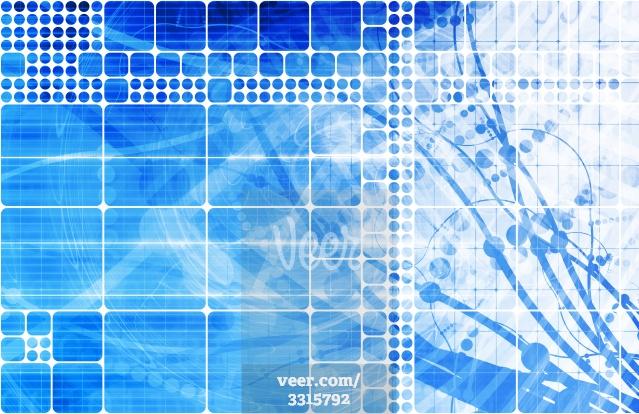Custom image processing software
A suite of image processing applications and pipelines that best fits the processing needs of each research project. Emphasis is made on designing and implementing tools that allow the extraction of key image features, robust and reliable quantitative analysis and longitudinal (4D) and cross-sectional (3D) interactive image visualization and analysis.
Cerebra-WML
Cerebra-WML is a stand-alone custom application developed to perform quantitative analysis of white matter lesions (WML), based on the assumption that these lesions present as white-matter hyper-intensities in T2-weighted magnetic resonance (MR) images. Cerebra-WML is designed to lead the user through a workflow to detect and quantify WMLs while allowing a rapid and consistent evaluation of the MR images.
The image-processing pipeline in Cerebra-WML combines information from T1-weighted and fluid-attenuated inversion recovery (FLAIR) images. From the T1-weighted images, the skull is stripped, the cerebrospinal fluid is removed, and the brain tissue is then segmented into gray matter and white matter. The WML detection can be done through either an automated or a manual process. Finally, the application automatically generates a quantitative analysis report of the segmented WMLs in a PDF format.




Cerebra-QSM

Susceptibility mapping is a useful tool for examining the presence of certain biomarkers related to cerebral microbleeds (iron), cognitive decline (iron), and Multiple Sclerosis (calcium). Susceptibility Weighted Imaging (SWI) has been traditionally used but it has its shortcomings. For instance, cerebral microbleed size estimated from SWI images is dependent upon several factors, including: Field strength, echo time, repetition time and flip angle. Quantitative Susceptibility Mapping (QSM) provides an improvement over SWI by limiting the impact of scanner and sequence parameter variation on the final outcome.
The Cerebra-QSM package provides tools for generating susceptibility maps from raw DICOM images and extracting region of interest statistics. The package includes a graphical user interface for processing and viewing data and a set of command line tools, which allow for batch processing data.




